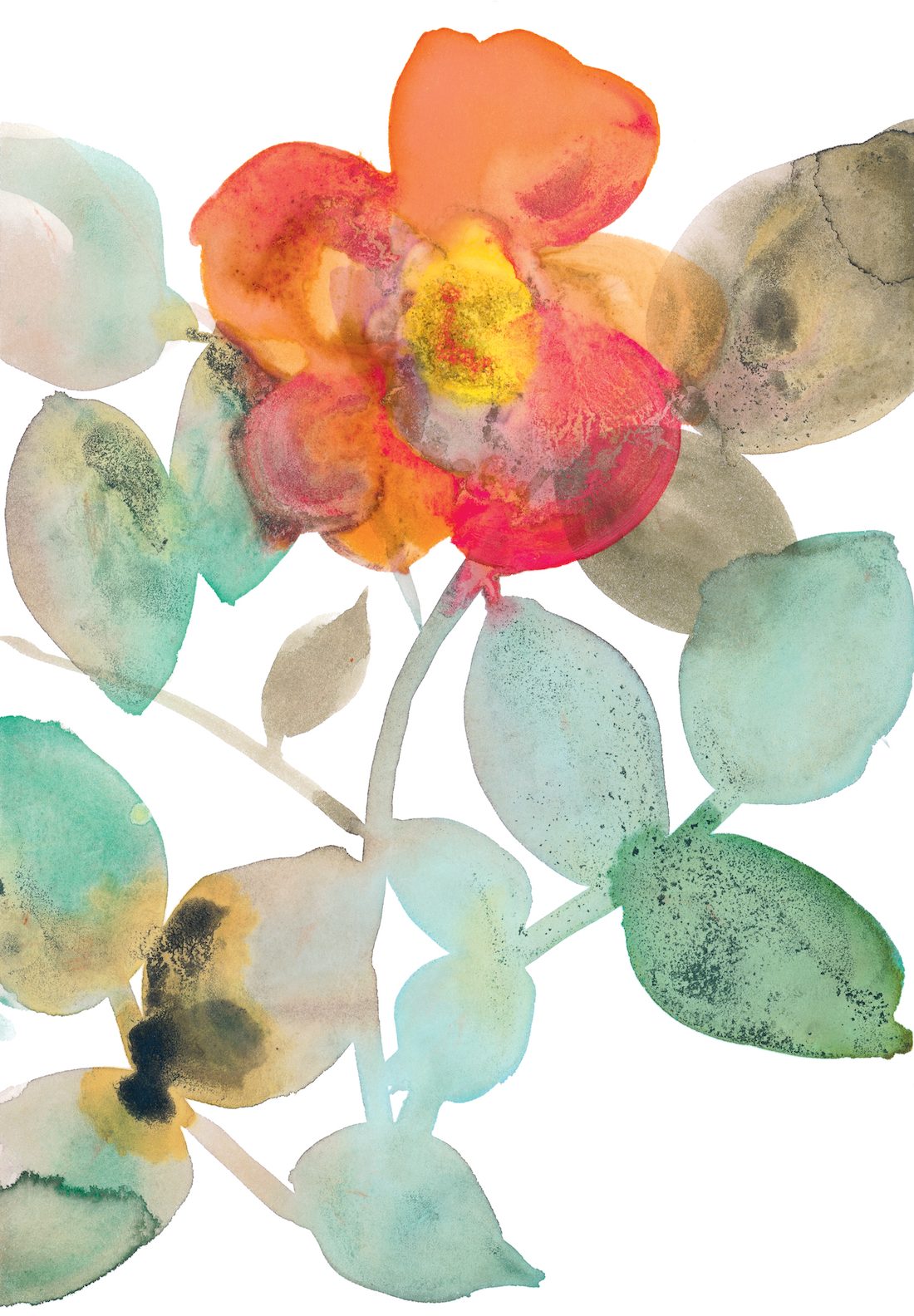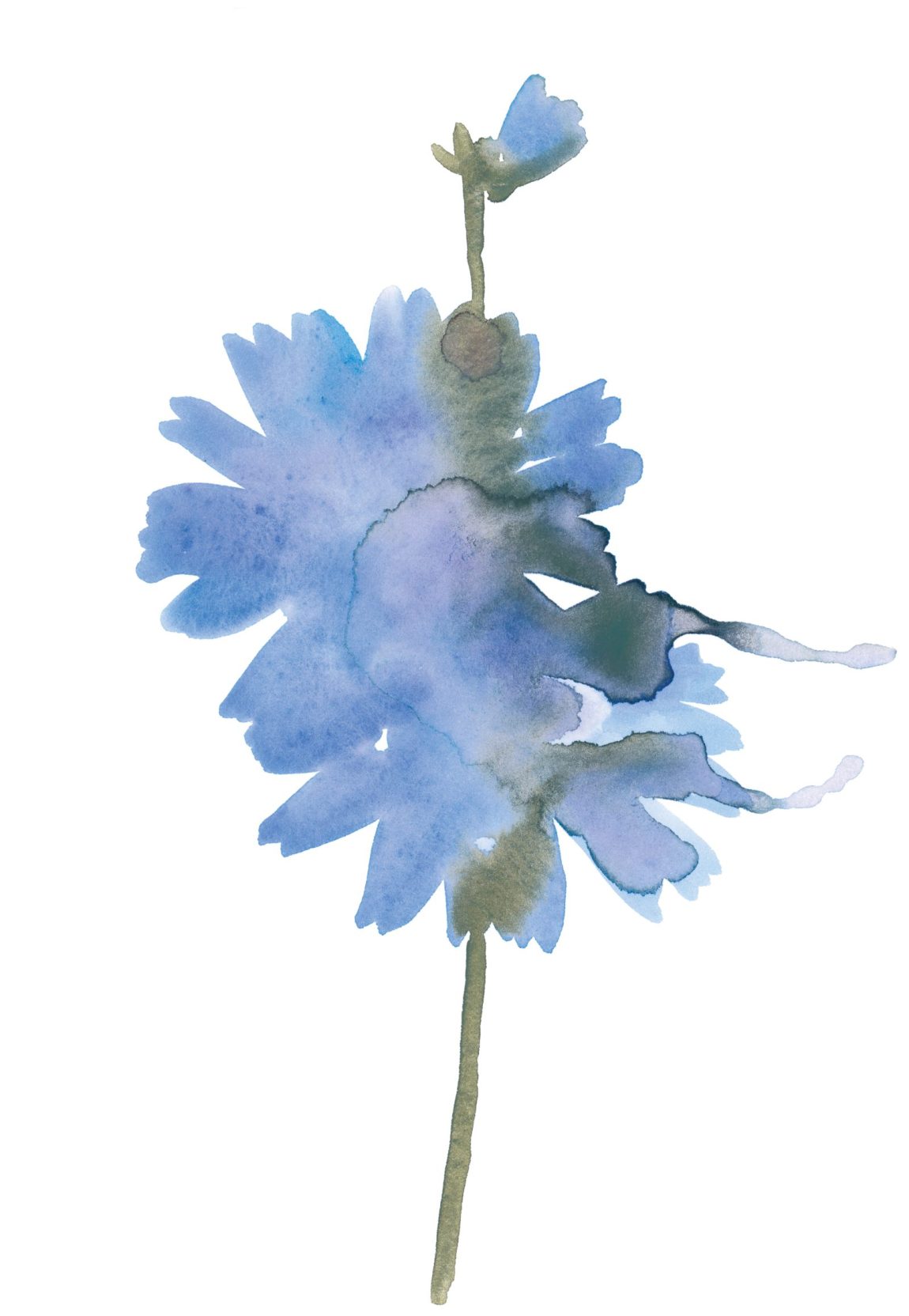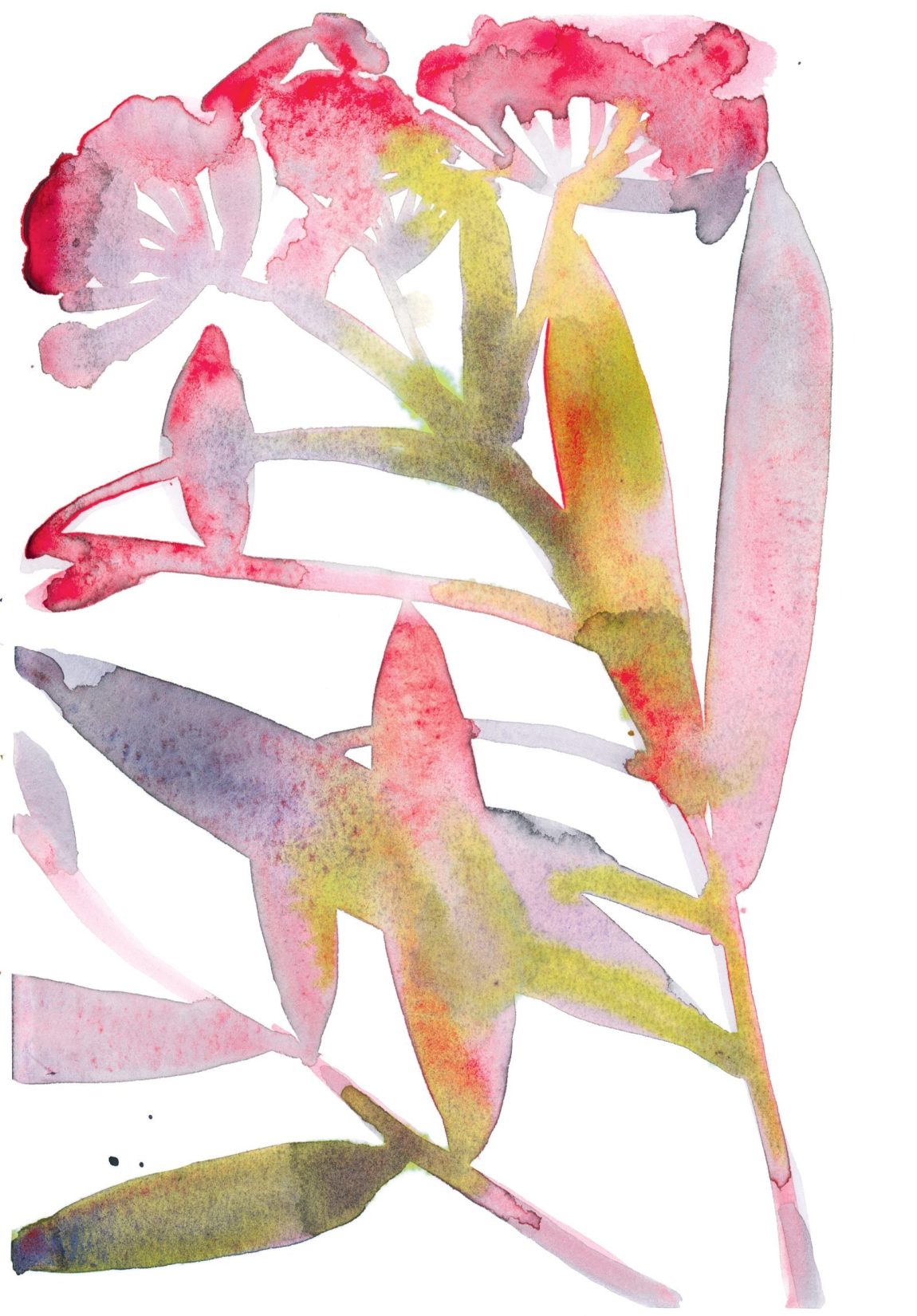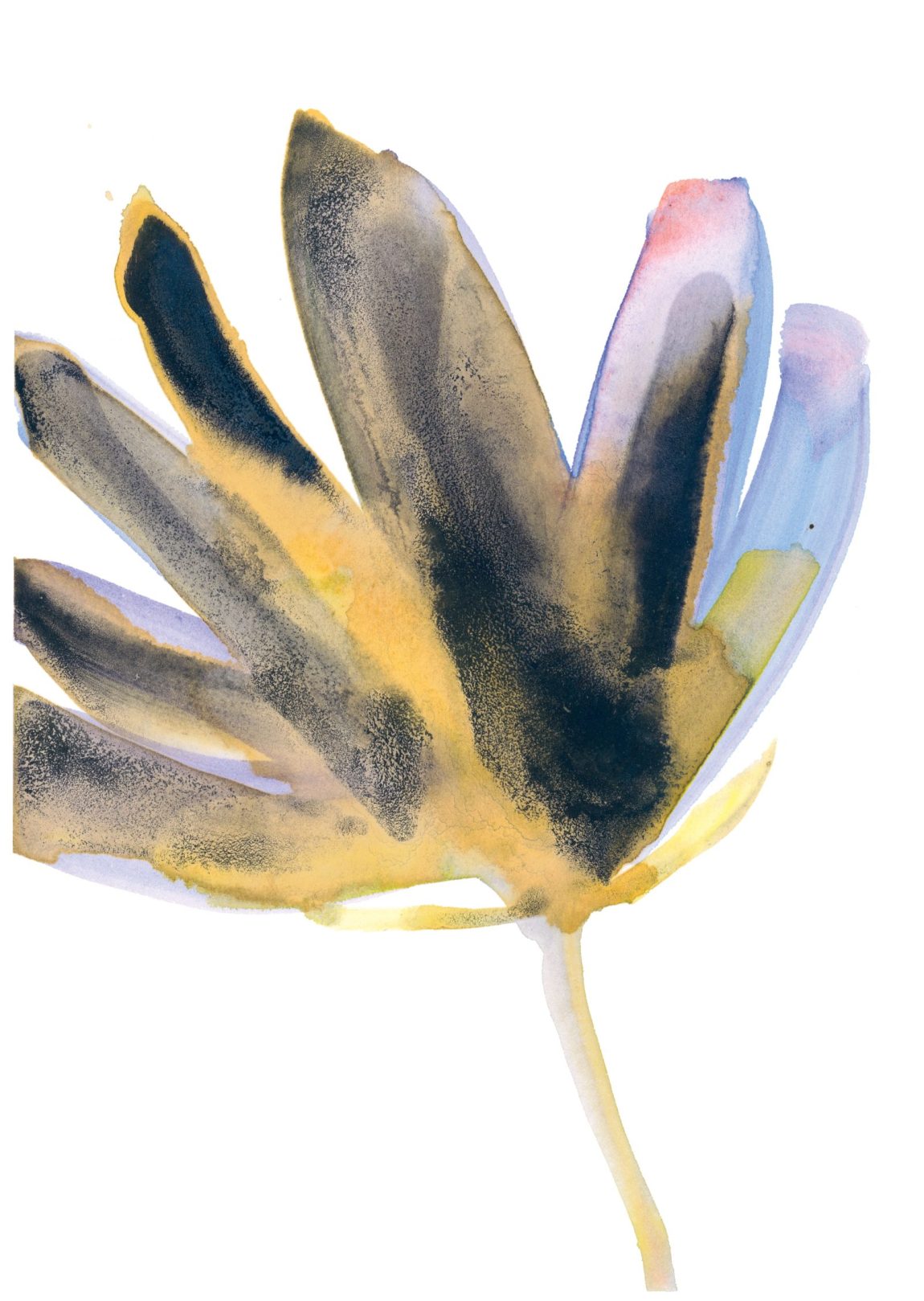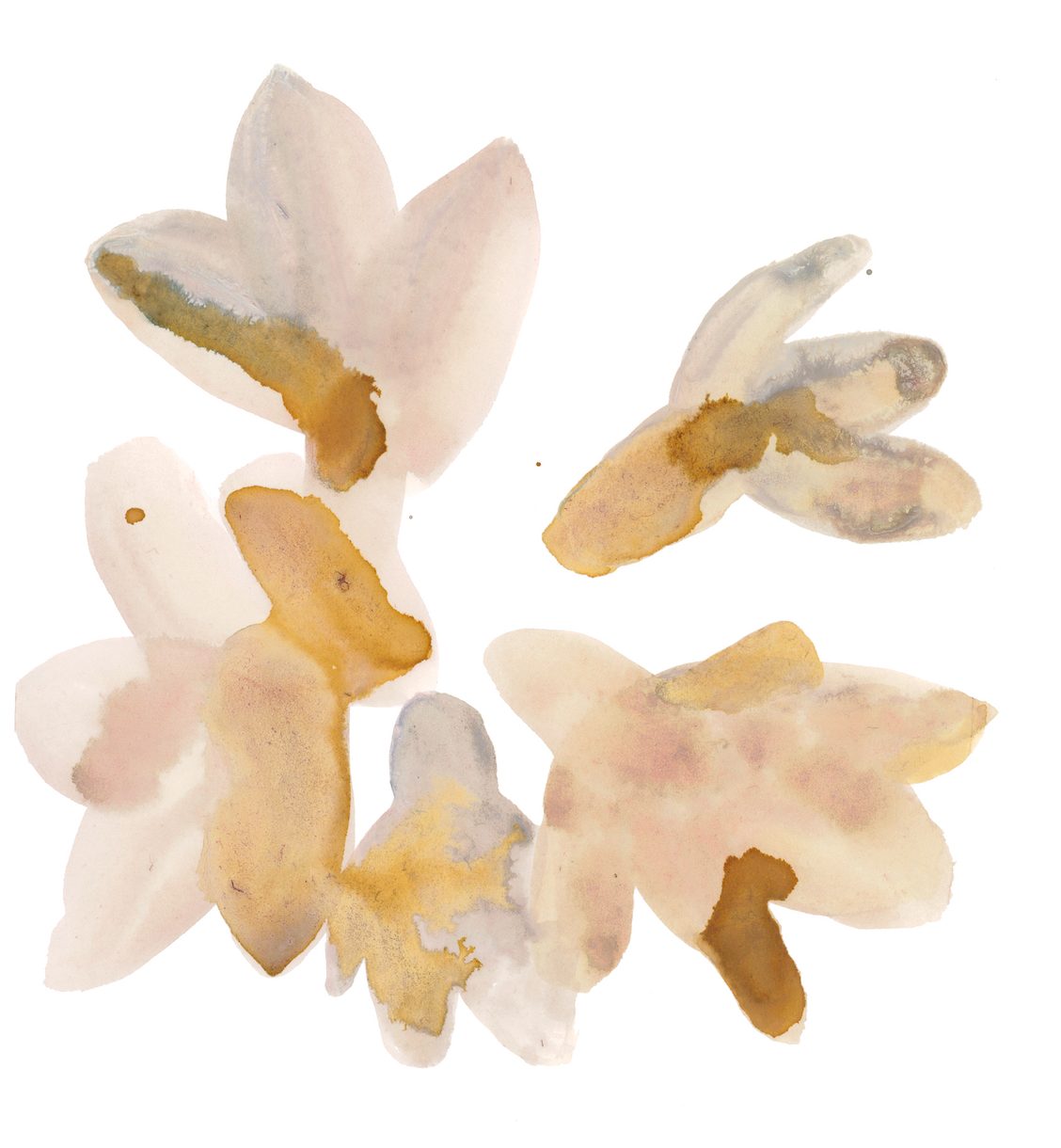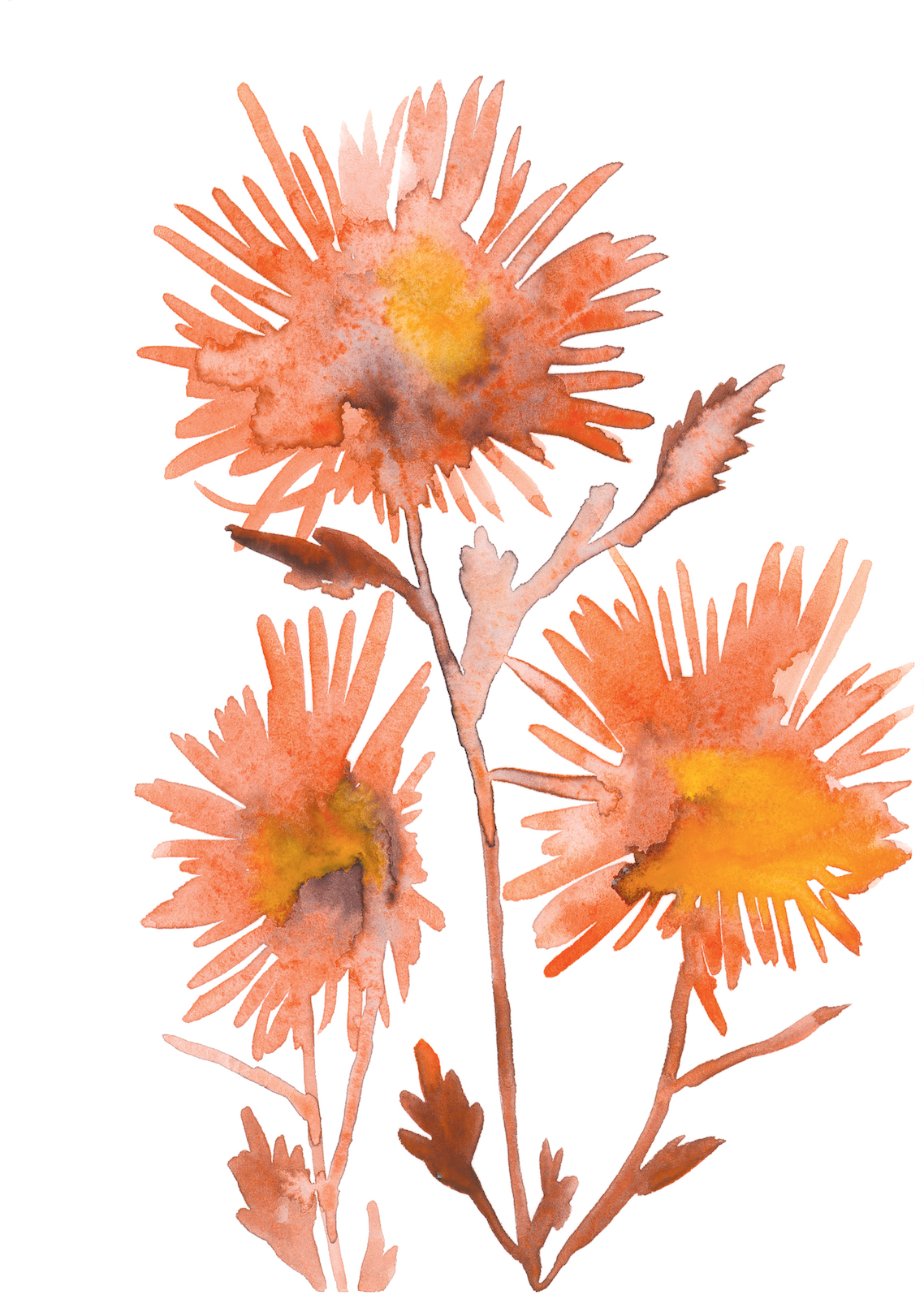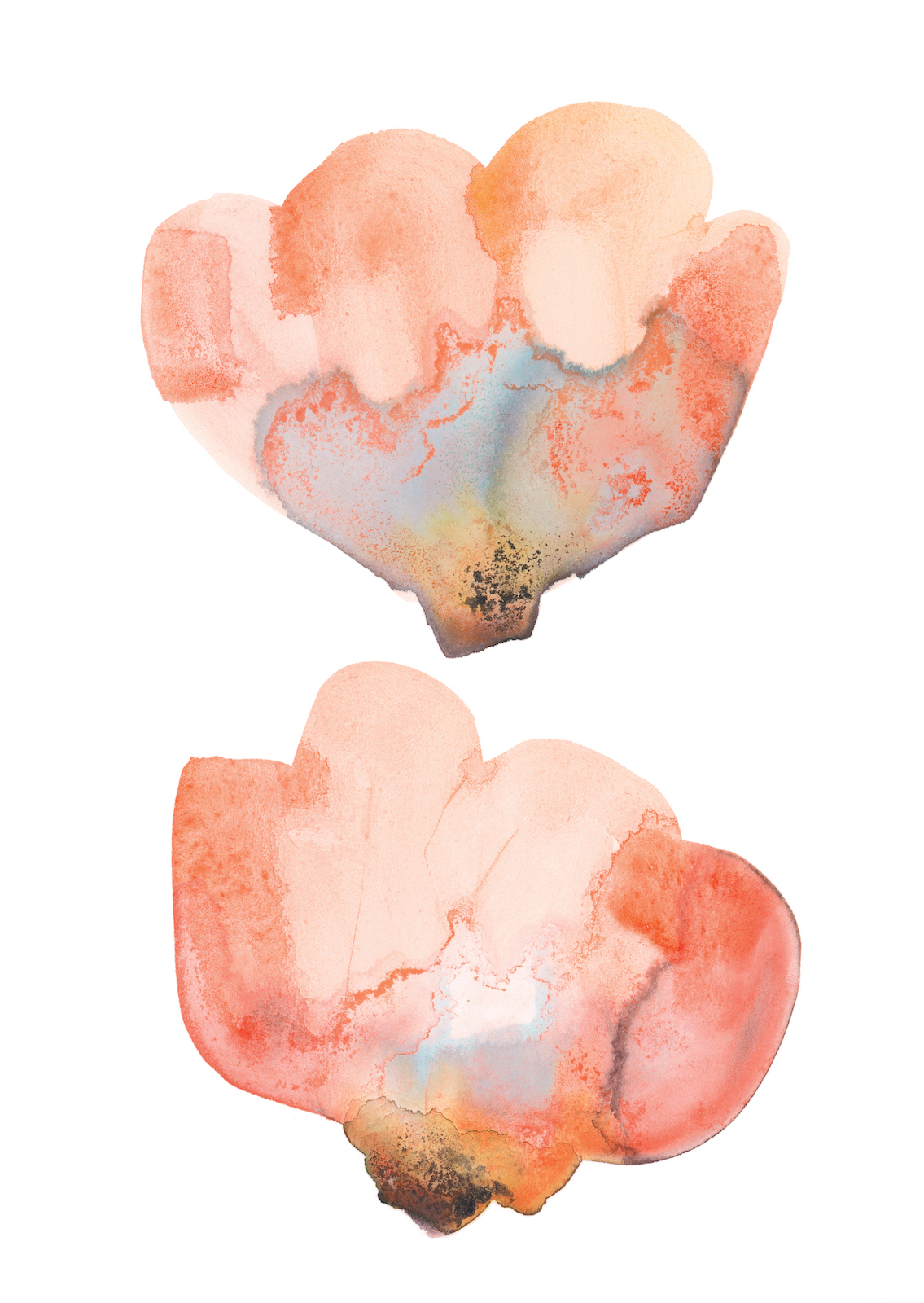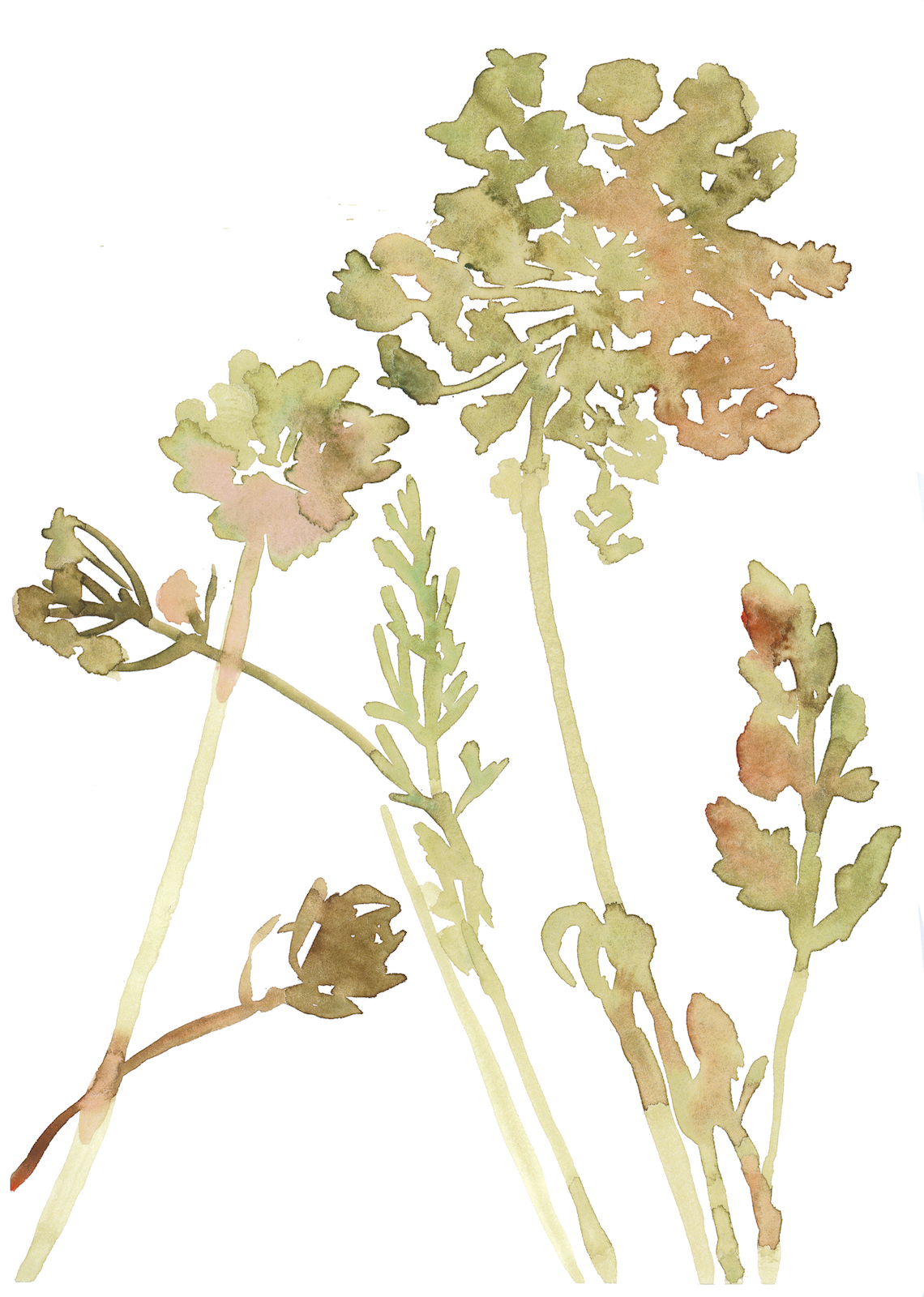Here on a hill in Massachusetts, the fog is lifting and the sun, still in the east, is turning the yellow leaves gold. The wind is from the east, too, and the clouds are rushing ahead of the bend of light. It is late October. Still in flower are the goldenrods and asters, now waving, now steady, at the edge of the grass. The view reminds me of Edna St. Vincent Millay’s poem “Afternoon on a Hill,” especially the first stanza:
I will be the gladdest thing
Under the sun!
I will touch a hundred flowers
And not pick one.
I’ve just rediscovered this poet, whose entire life’s work I put away with childhood. I remember reading Wine from These Grapes, not knowing anything about wine or women or the work of being a poet, but feeling like I’d stumbled on some kind of secret ceremony. I was a girl then, in Morris County, New Jersey. My favorite day of the week was Thursday, when I had piano lessons in Florham Park, not because I loved the piano especially, but because we always had time to kill between school and my lesson, time my mother used instead to take me to the Frelinghuysen Arboretum, where we’d walk through the woodlands and meadows. What I liked about those afternoons was that it was just us and the flowers. After my lesson, we’d circle back to the library across the street from the arboretum, and I would check out as many books as I could carry. Flowers, music, books, all within the same circumference, which I now recognize as a gift my mother gave me. She took me by the hand and introduced me to beauty, and while I put it off later in search of knowledge, I’ve come around to seeing that the two are related, that beauty is indispensable, and that books are the reproductive proof of it.
I start with a story of my childhood because that is the origin of my feeling for flowers. I think it must be this way for many; beauty relieves us with its unexpected greeting and even integrates us. However, as a subject, beauty is often suspect. Even now writing about it causes me some embarrassment; when there is such suffering in the world, the thinking goes, what use is beauty? And yet beauty is linked to justice, as Elaine Scarry has argued persuasively, through an act that occurs involuntarily in its presence: “At the moment we see something beautiful, we undergo a radical decentering.” Scarry draws on the work of Simone Weil, who described an encounter with beauty as a movement away from “our imaginary position as the center,” which allows us “to discern that all points in the world are equally centers” and that the periphery is only a place of insufficient attention. In this way, the experience of beauty may be a beginning, and a wildflower, that most common peripheral presence, a real vector for change in the world.1
The language we use to describe people and plants often overlaps, with taxonomies that divide and place value on those divisions, words that actively discriminate. In the scientific literature and in common use, flowers are referred to as “native” (like sunflowers) or “alien” (like bluebells); they can be “naturalized” (like clover) or “invasive” (like purple loosestrife). There are “migrants” and “exotics,” “escapes” and “refugees.” The language expresses a position, it reveals a stance toward a species, it grants a plant its liberty or sanctions its eradication. The best writers closely observe not only the plant but our words in relation to it, and in doing so they focus our attention and clarify our intentions.
According to the dictionary, the first usage of the word “wildflower,” defined as “the flower of a wild or uncultivated plant or the plant bearing it,” occurred in 1620, the year the Mayflower landed on this continent. In his poem of 1856, “The Mayflowers,” the Quaker poet and abolitionist John Greenleaf Whittier links the Pilgrim ship to a flower by the same name, the mayflower or trailing arbutus (Epigaea repens).2 These “wild-wood” flowers grew abundantly around Plymouth, but they were a different flower from the one the ship had been named for, which, according to Whittier, is the English hawthorn (Crataegus monogyna). In the poem, the pilgrims mistake the native flower for their own mayflower, and its appearance is to them a sign of Providence. Does the origin story of a nation stem from the misidentification of a flower, from a naming that imposed a direct line where there was none? The English hawthorn is a small tree, anywhere from six to thirty feet tall, with flowers resembling apple blossoms. Epigaea repens is a creeping mat, four to six inches high, with trumpet-shaped flowers. Nostalgia is a contradictory longing for home that does not contain itself in the past but also projects itself into the future.
Advertisement
Horticulture and botany in America have deep roots in the empire the Mayflower sailed from. The establishment of the legitimacy of a people was contingent on the establishment of dominion over the flora of this new continent. This process involved not only exporting specimens and inscriptions to Europe but importing a whole history from the Old World—the Greek and Roman herbals that identified the medicinal qualities of plants, the early botanists of the sixteenth century with their herbariums and schematizations—to the New. Thus the lineage continued: with John Bartram, born in 1699, hailed as the first American-born naturalist (and titled in 1765 by King George III as the “King’s Botanist in North America”), whom Carl Linnaeus called “the greatest natural botanist in the world” and whose colonial plant collection came from the Shenandoah Valley and Blue Ridge Mountains; with his son, William Bartram (born 1739), whose travels in the South inspired the English Romantic poets and who chronicled his discoveries of plants and peoples in Travels in the North and South; with the publication of the first American flora, Flora Virginica (1762), written in Latin and published in Holland; with the establishment of the earliest institutions—the Massachusetts Horticultural Society in 1829, the Public Garden in Boston in 1837, and the Arnold Arboretum, America’s first public collection of plants, in 1872.3 Only now, in the twenty-first century, is the decolonization of botany beginning. Native botanical knowledge, which predated this imposed heritage and continued to exist alongside it to the extent that teachings were not irrevocably lost in the genocide of the Native peoples, is at last being properly recognized by botanists and the wider public for its primacy, complexity, and necessity.
This short history of our knowledge of the native plants and wildflowers is a story of how the flowers, unwittingly, became American. Their growth preceded these events and proceeded apace. Uncultivated multitudes of wildflowers are found not only in what wilderness is left, if any, but everywhere else; they have always frequented gardens, prairies, meadows, farms, and now, more often, vacant lots, roadsides, and median strips, also known (revealingly) as central reservations. Wildflowers extend from coast to coast, in rural, suburban, and urban ecosystems. The flowers are the bridgehead to America.4 Henry David Thoreau, the most perspicacious of amateur botanists, wrote, “We find ourselves in a world that is already planted, but is also still being planted as at first.” Thoreau sought to create a “Kalendar” that would record the first flowerings of the hundreds of species he identified annually in Concord and its environs. He recognized the enduring power of their perennial presence. America’s most celebrated wildflowers may be the tenacious dandelions and daisies, best known to some (those unfamiliar with their virtues) as weeds. Even the most ephemeral wildflowers can assume outsize significance, for they are symbols of survival and subversion, of the triumph of the small and meek, of the virtues of the weedy, ugly, and malodorous. Like the birds, we rely on their regular return.
Yet despite their appeal, and perhaps because of their nature, wildflowers have no established field of their own in our literature. Thoreau again, in 1852:
I asked a learned and accurate naturalist who is at the same time the courteous guardian of a public library to direct me to those works which contained the more particular popular account or biography of particular flowers, from which the botanies I had met with appeared to draw sparingly—for I trusted that each flower had had many lovers and faithful describers in past times—but he informed me that I had read all, that no one was acquainted with them, they were only catalogued like his books.
There are numerous volumes devoted solely to gardens, cultivated flowers, roses; to Shakespeare’s flowers, English flowers, the language of flowers. Wildflowers alone are represented primarily by field guides. Frances Theodora Parsons’s How to Know the Wild Flowers (1893) was one of the first.5 Roused by the writings of the Transcendentalists and Darwin’s plant-life revelations, Parsons commended the learning of flowers to the public as an intellectual activity and included in her identification aid not only the flower’s physical characteristics but also the derivations of the Latin and common names, the flower’s medicinal properties, Native usage, and presence in folklore and poetry.6 It was a success in its time, and, far from being quaint or shopworn, it is still a book of lasting value, a classic that belongs to a rich period in American horticultural writing, primarily by women.
At the turn of the last century, garden writers like Neltje Blanchan, Alice Lounsberry, and Mabel Osgood Wright contributed greatly to the limited bibliography of books about wildflowers by combining scientific knowledge with aesthetic appreciation; these literary narratives were in the spirit of the popular accounts Thoreau had wished for, written by “faithful describers” who had both personal and objective knowledge of their subjects. Later in the twentieth century, wildflowers were adopted by the ecological movement and appeared as the heroes of books like Euell Gibbons’s Stalking the Wild Asparagus (1962) and Sara B. Stein’s My Weeds (1990). With recent efforts to rewild land in the service of conservation, interest in wildflowers is waxing again. It is high time. Wildflowers have never been more endangered and in need of our renewed attention.
As I write now, there are 4,400 imperiled native flora in the United States. These plants are at risk because of climate change, loss of habitat, reductions in the numbers of pollinators, and the spread of nonnative species. To protect native species, a shift in terminology appears to be taking place. “Wildflower” is falling out of favor, eclipsed by “native plant.”7 The new term represents a shift toward action, the conservation of native species, which are being lost at alarming rates. The imperilment of native plants is not in doubt, and yet I wonder what we lose by editing a word out of our language in order to protect a certain population. What happens to the idea of angiosperms, flowering plants, as a distinct category—flowers being one of the two defining features of the older term—if they are lumped together with gymnosperms, nonflowering plants? And where do the long-naturalized flowering plants—for instance, the common mullein (Verbascum thapsus), which the Anishinaabe people include in their botanical teachings, or red clover (Trifolium pratense), which Emily Dickinson favored—belong then?8
I imagine that “native plant” is not intended to be a synonym but a more exact substitution, of better service to science and to advocacy. Still, the old term retains its significance, partly because we don’t want to be told what we can and can’t love and partly because in any transition the past is present until it isn’t anymore. “Wildflower” has an aesthetic power that comes partly from the picture the word creates in the mind—that necessary quality of wildness—and partly from its sound. The long, sighing, stressed first syllable—why—the stress end-stopped by –ld, then relieved through the slower unfolding of flower, with its paired and unstressed syllables: a singing word, of significance to poets, if not to scientists.


